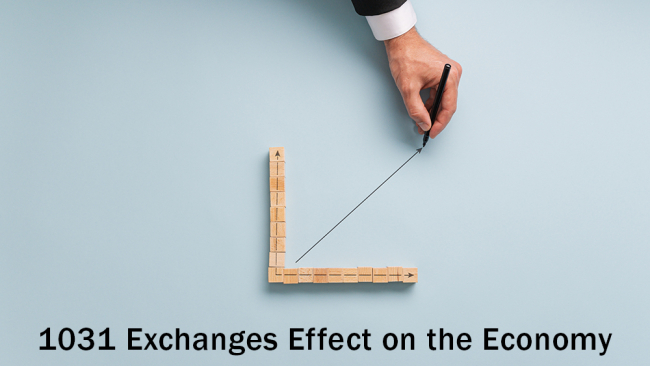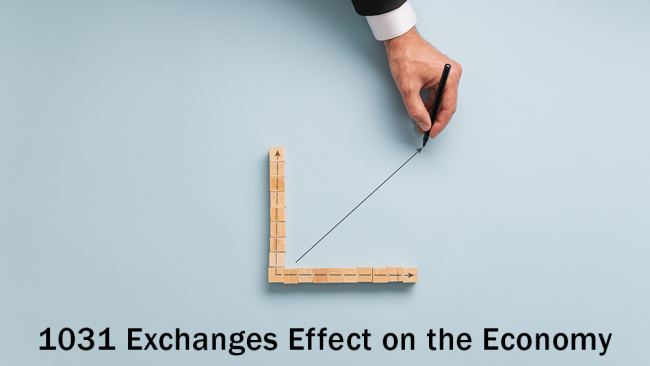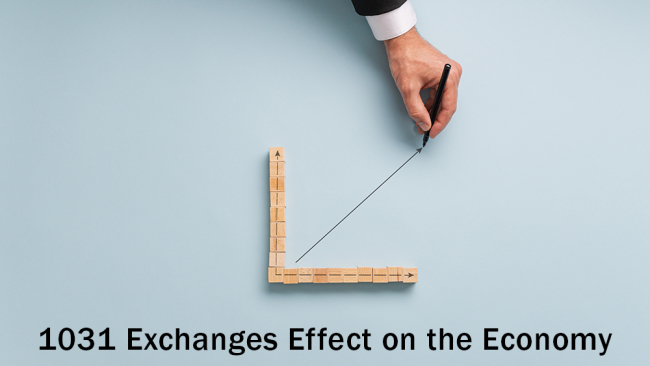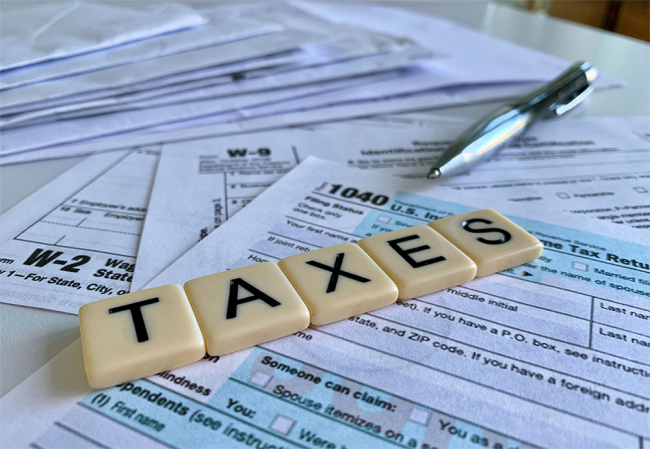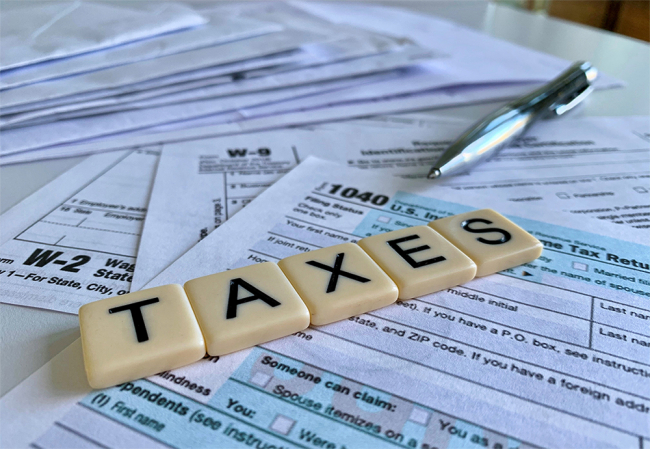Land has long been one the greatest investments in United States history. Not only are investors drawn to wide open spaces, but land ownership continues to be a cornerstone of economic security. The concept of land as an asset class has been enhanced by many historical eras and event(s):
from the speculation of the founding fathers such as George Washington;
to Railroad Land Grants promoting westward expansion;
to the Oklahoma land rush.
This westward push resulted in generational farm and ranch operations existing to this current day, mineral exploration, land conservation, and let’s not overlook the pop culture influenced “hobby” rancher and farmer. Clearly, the buyer and seller space is diverse. Interested parties include confined city dwellers romanticizing the notion of owning their own plot in the west, to generational farmers and ranchers who desire to sell and retire because they are left with no remaining heirs or successors to manage the operation.
Fortunately, IRC Section 1031, or as it is more commonly known, 1031 Exchange, provides a vehicle for buyers and sellers of land to defer taxes on these transactions.
After passing through a couple preliminary screening factors such as the (1) qualified use requirement and holding period many often overlooked land interests are eligible for 1031 Exchange treatment and capital gains tax deferral.
Historically, the fee simple interest is the obvious candidate for the 1031 Exchange. A fee simple interest is the greatest possible estate in land, wherein the owner has the right to use it, exclusively possess it, commit waste (legal term) upon it, take its fruits and dispose of it by deed or will. A fee simple interest represents absolute ownership of land and the most common type of land ownership.
But the fee simple interest conveyed by deed only scratches the surface of 1031 Exchange eligible land interests. There are many other 1031 Exchange eligible real property interests or intangible interests in land.
Real Property Intangibles
In December 2020, the Department of Treasury issued Final Regulations to more particularly identify what constitutes “real property” for 1031 Exchange purposes. It was generally believed this guidance was necessary due to the elimination of personal property exchanges in the Tax Cuts and Jobs Act of 2017. Within the revised regulations the fee simple interest is included in this definition, but so are certain other real property intangibles.
Intangibles fall into two categories General Intangibles such as: (1) perpetual easements; land development rights; leasehold estates; bona-fide options to acquire real property; and shares in a mutual ditch, reservoir, or irrigation company that is treated as real estate under state law; and (2) Licenses and Permits.
A license, permit, or other similar right that is solely for the use, enjoyment, or occupation of land or an inherently permanent structure and that is in the nature of a leasehold, an easement or similar right generally is an interest in real property. For instance, transferring a grazing permit issued by the United States Forest Service, Bureau of Land Management, or some other agency is often deemed a transfer of a real property interest for Sec. 1031 purposes. However, a license or permit to engage in or operate a business on real property is not real property or an interest in real property, regardless of its classification under state or local law. An example of ineligible permits and licenses are liquor licenses and gambling licenses.
The takeaway here is §1.1031(a)-3(a)5, provides taxpayers a vehicle to sell and buy real property intangibles in a 1031 Exchange. Taxpayers may use the sale proceeds from an intangible, license, or permit, to acquire other replacement real property such as a single-family rental house.
The Like-Kind Requirement
A threshold analysis of the like-kind requirement is vital when intangibles are implicated. Although the like-kind requirement is very broad and almost all real property qualifies as like-kind to other real property, provided you intend upon acquisition to hold it for productive use in a business or trade for investment, some intangibles are not like-kind to a fee simple interest. For instance, to be deemed a leasehold estate may or not be perpetual and may not have renewal provisions allowing it to run for 30 years or more. However, a lease with a term of less than 30 years is not like-kind to a fee interest. This is just one example, but it tends to highlight why having an experienced and knowledgeable Qualified Intermediary and good tax advisors is a necessity when real property intangibles are implicated in a 1031 Exchange.
The Conservation Easement
Conservation easements are generally used to regulate development of land while, in some instances, allowing for production of the goods and services that traditionally flow from the land. A conservation easement is a voluntary negotiated agreement between seller and buyer. Conservation easement buyers are often government agencies or non-profit conservation organizations. In general, easements permanently restrict and limit the use of the property in a particular manner, the terms of which are laid out in the easement agreement itself. Conservation easements maintain the original private use and ownership with the added value of preservation and stewardship of certain characteristics of the land under the easement.
Under the regulations, when the length of the easement runs perpetually, continuing without a defined intermission or interval, then the easement interest is like-kind to a fee simple interest in replacement property. Generally, unless the easement agreement defines a certain time, easements are presumed by most courts to run perpetually. In the event the easement isn’t perpetual, certain legal authorities, outside the regulations, suggest that, to be viewed as like kind to a fee ownership in land for 1031 exchange purposes, the easement should be treated similarly to a lease running 30 years or more.
Importantly, the conservation easement seller not only retains the fee simple interest in the underlying property, but also has the added tax deferral benefit of a 1031 Exchange by using the proceeds derived from the sale and reinvesting into other replacement property. Other examples of perpetual easement interests qualifying for a 1031 Exchange are: drainage easements, utility easements, and pipeline easements to name a few.
The Leasehold Estate
Generally, as mentioned above, in order for the sale of a leasehold interest to qualify for Section 1031 tax deferral, the term of the lease must be for a term of more than 30 years or, by its terms, be capable of being extended for a term of more than 30 years. Ideally, the taxpayer needs control over the option to renew the lease for up to 30 years or more. Aircraft hangar leases are an excellent example of the issues in a 1031 Exchange of a leasehold estate. Often a 1031 Exchange of a short-term lease (less than 30 years) for another short-term lease of similar length (i.e. hangar-to-hangar) is acceptable because it is like-kind real property, just not like kind to fee ownership. The roadblocks arise when a taxpayer wishes to complete a 1031 Exchange from a fee simple interest to a short-term hangar lease or vice-versa because those interests are generally not like-kind to one another.
Contact Accruit if you or a client are interested in pursuing a 1031 Exchange when a real property intangible is being bought or sold. Navigating the like-kind requirement is vital when discussing these real property intangibles and we are here to advise taxpayers and their tax advisors about their unique circumstances.
Other Accruit blog articles discussing real property intangibles may be founds here:
Wind and Solar Farms
Billboard Sites
Cell Tower Sites

